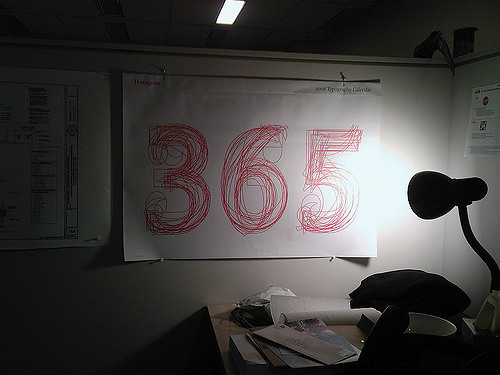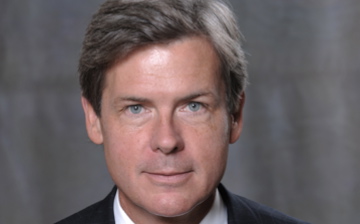Northern Trust expects most investments to generate single-digit positive returns over the next five years, predominantly due to slow economic growth and persistent low interest rates.
This Slow Growth Angst – one of six key themes profiled in Northern Trust’s annual five year market outlook – is a key driver behind the company’s return forecasts for global investors of 5.8 percent for global equities and 2.1 percent for investment-grade bonds.
“While we expect markets may be volatile at times, we remain convinced the global economy is in a narrow and slow growth channel,” said Northern Trust Chief Investment Strategist Jim McDonald. “Current regulatory and fiscal policies have greatly restricted the boom-bust cycles and, although the risk of a recession increases, if one does materialize it should be shallow due to a lack of economic excesses and financial system stability.”
Despite these subdued, yet positive, projections, Northern Trust believes the three-month German Bunds and Japanese Government Bonds will turn in negative returns during the next five years.
“Developed economies overall will continue their slow pace, expecting annual real economic growth of 1.4 percent over the next five years, and the outlook for emerging economies remains similarly subdued,” said Wayne Bowers, chief investment officer for Northern Trust Asset Management in Europe, Middle East and Africa and Asia-Pacific. “Ultimately, while concerns over slow growth are further impeding global growth, investors need to resist becoming bearish during market weakness or bullish when the economy appears strong and instead scrutinize any future dramatic swings – positive or negative.”
In addition to the theme of “slow growth angst”, Northern Trust has identified five more themes expected to shape the global markets over the next five years including:
- Stuckflation – with supply easily matching slow-growing demand, inflation remains “stuck”
- Market cycles in a cycle-less economy – current regulatory and fiscal policies have significantly reduced the odds of a boom-bust cycle
- Technological turbulence – populist-influenced politicians’ view of technology will create a bumpy path for adoption
- Costs of ultra-low rates – the costs of ultra-low rates may now outweigh the benefits, but central bankers may have no choice except to continue
- Populist roulette – the rise of populism in response to voter dissatisfaction leaves markets unsure of what to expect from the political arena



 For Fórmate a Fondo
For Fórmate a Fondo